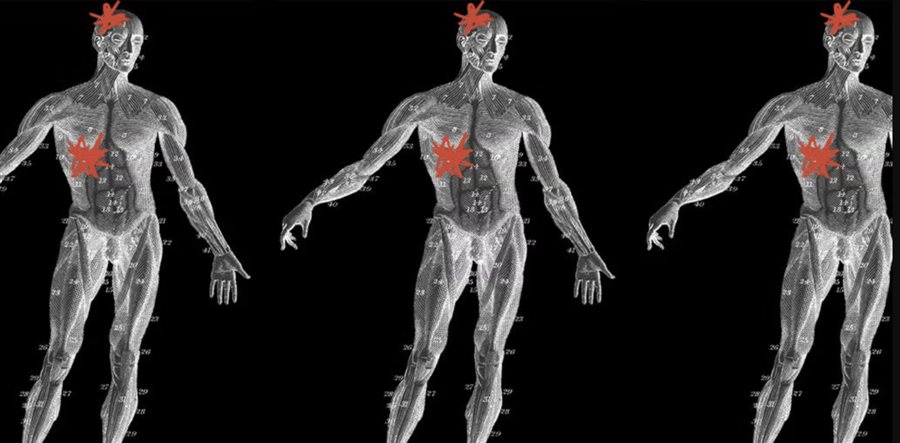New insights into how liver disease affects the brain
10 November 2025

For decades, scientists have known that liver disease doesn’t stop at the liver. Many patients experience fatigue, confusion, sleep problems or mood changes – symptoms that can’t be explained by the liver alone. But only recently have researchers begun to understand why.
Now, a major new review published in Nature Reviews Gastroenterology & Hepatology brings together experts from multiple disciplines to explore the liver-brain axis – the complex, two-way system of communication between the liver and the brain.
The study was co-authored by Dr Anna Hadjihambi, Principal Investigator at the Roger Williams Institute of Liver Studies, alongside researchers from the UK, Spain, and the United States. Together, they examined how signals from the liver – both chemical and neural – influence brain function, behaviour and mood during chronic liver disease.
The body's most surprising conversation
The liver is one of the body’s most adaptable organs, responding to changes in diet, metabolism and hormones in real time. It constantly exchanges information with the brain to keep the body in balance – sending messages through the bloodstream and through the autonomic nervous system, a key communication line between the organs.
But in chronic liver disease, this system begins to break down. The liver can no longer filter toxins or manage metabolism properly, and harmful substances such as ammonia and inflammatory molecules start to build up in the blood. These changes alter the chemical signals reaching the brain and may even disrupt the nerve pathways that connect the two organs.

“We’re beginning to understand that liver disease doesn’t just affect one organ – it changes how the whole body communicates. By studying the liver–brain axis, we can start to tackle some of the symptoms that most affect patients’ daily lives.”
– Dr Anna Hadjihambi, Principal Investigator at the Roger Williams Institute of Liver Studies
From confusion to connection
The effects of this disrupted communication can range from subtle memory or attention problems to more severe forms of brain dysfunction such as hepatic encephalopathy, a serious complication that can cause confusion, personality changes and even coma.
What makes this new review so valuable is its multi-layered perspective. It brings together knowledge from neuroscience, hepatology and metabolism – areas that are often studied separately – to map how changes in liver function might lead to specific effects in the brain.
The authors suggest that one key player may be the hepatic vagal afferents, which carries sensory information from the liver to the brain. Altered activity in this pathway could contribute to the fatigue, mood disorders and cognitive symptoms that many patients experience, even before advanced liver failure develops.
Looking ahead: new tools, new understanding
The review also highlights how emerging neuroscience methods are opening a new window into how the liver and brain communicate – from tracing nerve connections with viral gene delivery tools to using light and chemistry to control liver-linked neurons, and study how they influence mood and cognition.
These advances could transform care for people with chronic liver disease. Currently, there are limited treatments for hepatic encephalopathy and few ways to predict who will develop it. A deeper understanding of the liver-brain axis could lead to new diagnostic markers, better prevention strategies, and improved quality of life for patients.
Collaboration across borders
The work exemplifies the international collaboration that drives progress in liver science. Alongside Dr Hadjihambi, contributors included Matthew Siddle (also from our Institute), Deepika Goel, Rocio Gallego-Duran, Benjamin Renquist and Marie K. Holt, representing a range of disciplines from molecular biology to clinical hepatology.
“The most exciting thing about this work was the collaboration,” says Dr Hadjihambi. “When people from different fields come together, we can look at the same problem from completely new angles. That’s where breakthroughs tend to happen.”
As understanding of the gut-liver-brain axis continues to grow, so too does the possibility of treating liver disease as a whole-body condition, where the mind and body are deeply interconnected.
Read other news articles